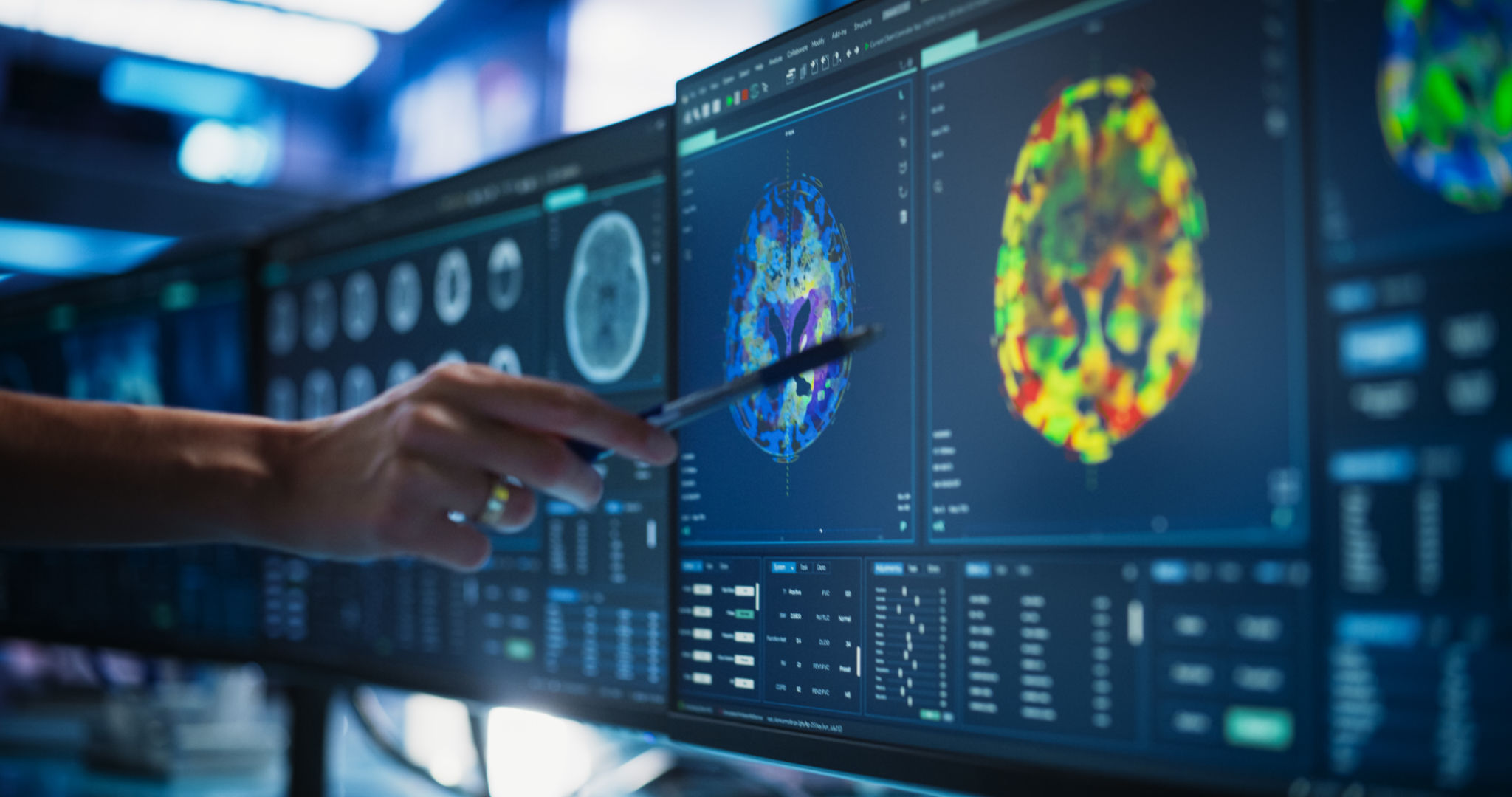MRI Trends and Innovations: How Point of View Imaging is Leading the Way
Introduction to MRI Trends and Innovations
Magnetic Resonance Imaging (MRI) has long been a cornerstone in the field of medical diagnostics, offering detailed images of the human body without the use of ionizing radiation. As technology advances, so too do the capabilities of MRI systems, leading to more accurate diagnoses and better patient outcomes. One of the most exciting areas of development is Point of View Imaging, which is rapidly changing how MRIs are conducted and interpreted.

Understanding Point of View Imaging
Point of View Imaging refers to a cutting-edge approach in MRI technology that enhances the ability to visualize and diagnose complex conditions. This innovation allows healthcare professionals to view anatomical structures from multiple angles, offering a more comprehensive understanding of patient conditions. The technology is particularly beneficial in complex cases where traditional imaging might not provide sufficient detail.
By utilizing advanced algorithms and enhanced imaging techniques, Point of View Imaging enables clinicians to manipulate images in real-time, providing a dynamic and interactive experience. This capability is transforming the way radiologists approach diagnostic challenges, leading to more personalized patient care.
The Benefits of Point of View Imaging
One of the primary benefits of Point of View Imaging is its ability to provide unparalleled detail and clarity. This precision helps in identifying subtle abnormalities that might be missed with conventional imaging techniques. For instance, in neurological disorders or intricate joint issues, this technology can make a significant difference in diagnosis and treatment planning.

Another advantage is the reduction in the need for additional imaging sessions. With more accurate initial assessments, patients can avoid the inconvenience and cost associated with repeat scans. Moreover, the interactive nature of Point of View Imaging facilitates better communication among healthcare teams, improving collaborative decision-making.
Applications Across Medical Fields
Point of View Imaging is making waves across various medical specialties. In orthopedics, it provides detailed visualization of bone structures and joint mechanics. This aids surgeons in planning procedures with greater precision. In cardiology, it enhances the visualization of heart structures, leading to improved diagnosis and management of cardiac conditions.
The field of neurology also benefits greatly, as Point of View Imaging offers detailed brain scans that are crucial for diagnosing complex neurological disorders. This level of detail assists neurologists in differentiating between similar conditions, leading to more accurate treatment plans.
Challenges and Future Directions
Despite its many benefits, the implementation of Point of View Imaging does come with challenges. The technology requires significant investment in both equipment and training for medical personnel. Ensuring that staff are adequately trained to utilize these advanced systems is essential for maximizing their potential.

Looking ahead, continued research and development are expected to further enhance the capabilities of Point of View Imaging. As the technology becomes more accessible, it has the potential to revolutionize standard practices across medical fields, leading to even more accurate and efficient patient care.
Conclusion
Point of View Imaging represents a significant leap forward in MRI technology, offering unprecedented detail and accuracy. As this innovation continues to evolve, it promises to transform diagnostic processes and improve patient outcomes across multiple medical disciplines. Healthcare providers who embrace this technology will likely find themselves at the forefront of modern medical diagnostics.
